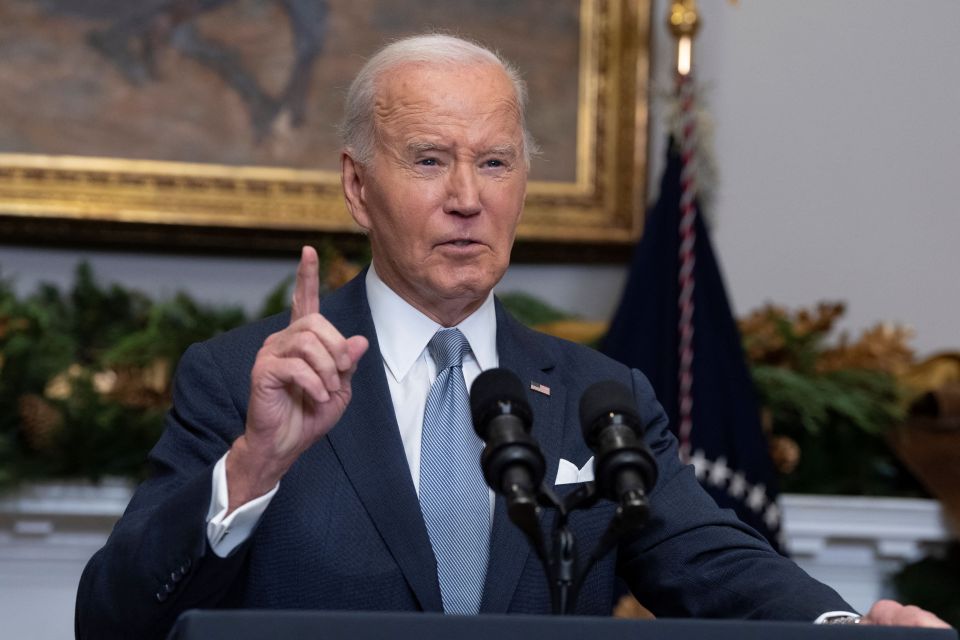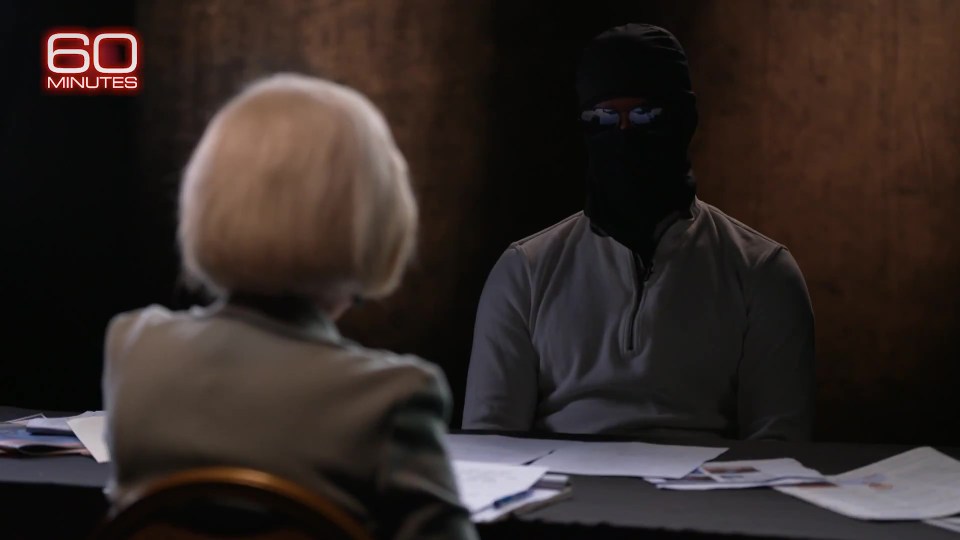Utah’s Golden Spike Project Receives $1.5M Boost Amidst New Monument Plans
Utahns may have to wait another year to see a 43-foot replica of the famed golden spike driven in Utah 155 years ago to mark the completion of the transcontinental railroad at its final location.
However, when it is erected — most likely in the spring of 2025 — it will be at the location of a brand-new state monument in Brigham City dedicated to commemorating the significant event in state history. The site will contain a welcome center that might open by the end of 2025, according to Doug Foxley, chairman of the Golden Spike Foundation, which commissioned the statue and laid the basis for a new state park.
Project officials revealed the new information during a ceremony at the Utah Capitol on Thursday morning, which concluded with Lt. Gov. Deidre Henderson ceremonially signing SCR6, the measure that establishes the Golden Spike State Monument. Gov. Spencer Cox, who signed the bill last month, usually holds the ceremonial bill signing, but he has canceled his participation while his wife, First Lady Abby Cox, recovers from surgery earlier this week.
“We’re so thrilled to have (the statue) represent what Utah did in the past — and not just Utah, but so many nations, so many people,” Henderson said in a press release. “What I love about it is that it celebrates everybody who helped work on the transcontinental railroad.”
The new park will be built on approximately 8 acres of land in Brigham City, between the Bear River Migratory Bird Refuge visitor center and I-15. It will house a 43-foot-long, 8,000-pound reproduction of Kentucky artist Douwe Blumberg’s iconic golden spike. The huge statue was first displayed in Kentucky in October, before embarking on a multistate tour that culminated in its transport to the Utah Capitol.
The spike shows many aspects of the transcontinental railroad’s history, showcasing the diverse group of people who built the vital railway line and celebrating how it brought the country together.
Karen and Scott Keller, Utah philanthropists, said Thursday that they will donate $1.5 million to the development of the welcome center, which will also be located on-site. The Utah Legislature already earmarked $2 million for the site’s construction during this year’s legislative session.
LOCI, a Salt Lake City-based landscape design firm, was chosen to design the site, while Cirque Studios was tasked with designing the new center.
Foxley told KSL.com that the Golden Spike Foundation had wanted to erect the spike on the site by the end of this summer, but it will most likely be moved until the spring of 2025. The delay occurs while project leaders work with the United States Army Corps of Engineers to resolve certain outstanding land difficulties.
The foundation also aims to begin construction on the Scott and Karen Keller Welcome Center in early 2025 and have “everything completed” by the fall of 2025, he said.
Once completed, the state monument will not replace Golden Spike National Historical Park at Promontory Summit, where the two teams building the transcontinental railroad met on May 10, 1869, but may draw more attention to it because the federal site is in a remote location.
Foxley noted that the big spike is intended to “pique curiosity” for the tens of thousands of visitors who drive past the site on I-15 every day, and that the welcome center will function more as an instructional center about how to go to Promontory Summit than as a museum.
Ultimately, he believes that the monument and center will entice visitors to drive to the historic site, which is less than 40 miles northwest of the new state facility. He also believes that both places would foster an understanding of how the transcontinental railroad came together.
“It is not about the financiers. It’s about a whole lot of forgotten — frequently varied and disliked — people working together to achieve amazing things,” he remarked. “That great thing united the nation, and it’s time to unite the nation again.”











